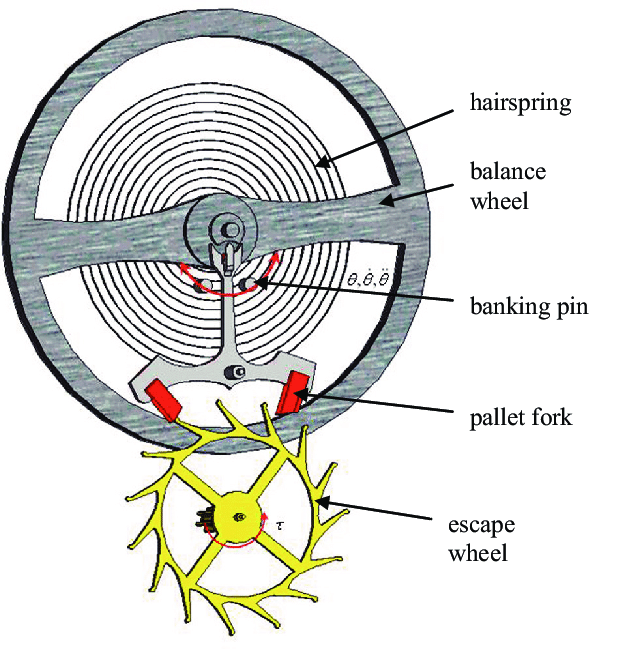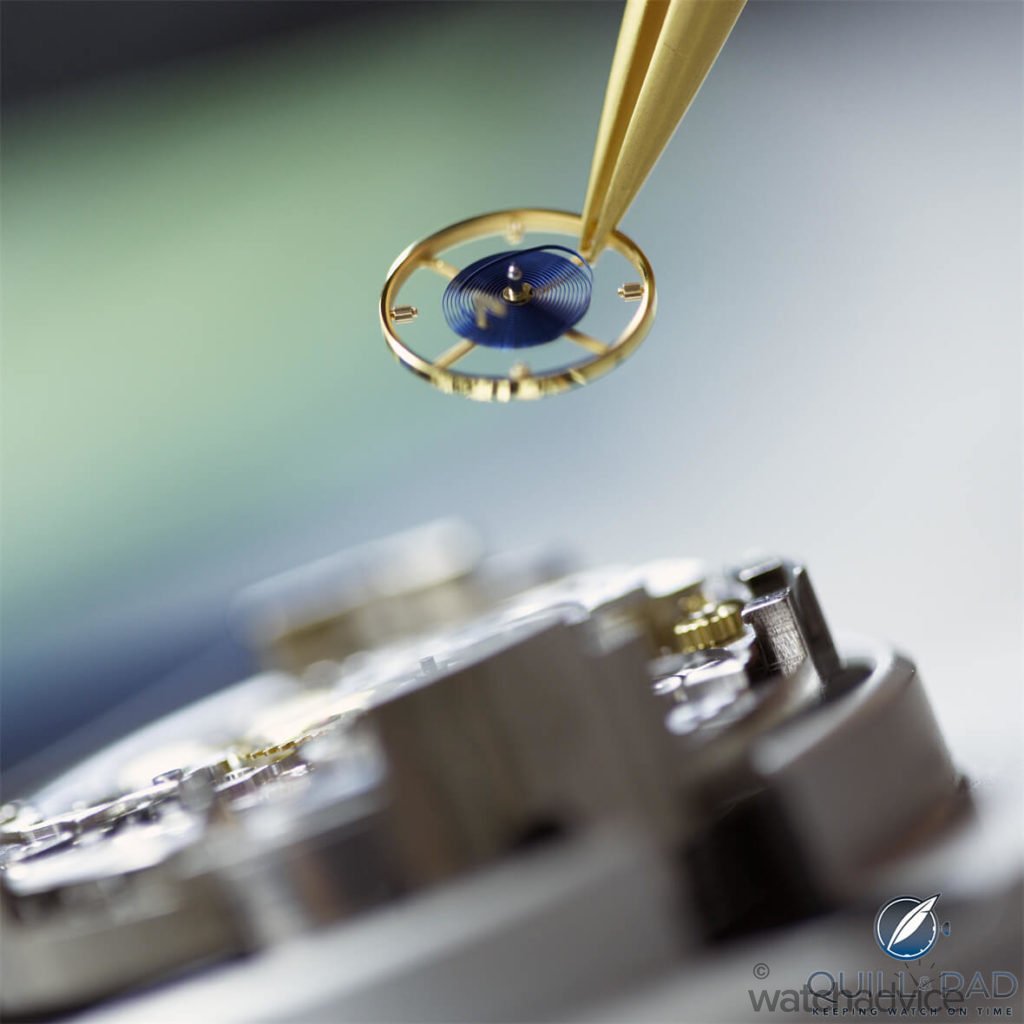In this two part series of the latest Watch Education, we look at the frequency of a movement, and just how important it is to the operation of a timepiece.
Watch frequency is term you would’ve seen throughout our articles whenever a movement of watch is mentioned. The frequency is usually followed with a number, measured in Hz or VpH. In this watch education article, we will aim to give a better understanding as to what the frequency of a watch movement is, and how it effects the watch in terms of precision and reliability.
So what exactly is frequency in a mechanical/automatic watch movement? To understand how frequency is derived, we must first look at a watch’s movement, and the many different integral parts that come together to make it work.
The power source of a watch movement comes from the mainspring, gear train and the regulating system which is made up of the escapement, balance wheel and hairspring. A simple understanding of how the frequency is manifested is from knowing how the regulating system works. Power is derived from the mainspring, which via the gear train makes its way to the escapement and escape wheel that is connected to the balance wheel. Through the oscillations of the balance wheel the frequency of the movement is made.
The hairspring and balance wheel plays a major role in determining the frequency of the movement, as does the escapement system. In fact, all three parts go hand in hand in delivering power and frequency to the movement. In the image above, a traditional Swiss lever escapement is shown, where the hairspring, balance wheel and the connecting escapement design can be seen. Balance wheels are usually made of Glucydur, a low thermal expansion alloy of beryllium, copper and iron.
The hairspring is a flat coiled spring, usually made from steel or gold, however, watch manufacturer’s are using more modern materials such as temperature resistant alloys or silicon. The hairspring provides restoring force to the balance wheel, which enables the isochronal oscillations. The hairspring causes the balance wheel to oscillate and can control how fast it does this. The hairspring will coil and uncoil, which makes the balance wheel turn. As the balance wheel turns it moves the gear train a certain amount of energy, which is then transferred across to the rest of the movement through the escapement, escape wheel and gears.
So where does the escapement come in? From the first illustration above, we can see that the balance wheel is connected to the “escapement”. This escapement consists of a banking pin, pallet fork and escape wheel. The balance wheel is connected to the banking pin on the escapement. On the other end of the banking pin is the pallet fork, which is then connected to the escape wheel.
A breif summary of how the escapement works starts all the way from the mainspring. As the watch is wound either through the winding rotor or manually through the crown, it delivers energy through the gear train as it unwinds or “uncoils”. The gear train then transfers this energy through to the balance wheel, which from the above diagram we can see is connected to the banking pin. On the other side of the bankpin pin is the pallet fork. The pallet fork is connected to the escape wheel which is then connected to another wheel that eventually drives the movement of the seconds hand and time on the dial.
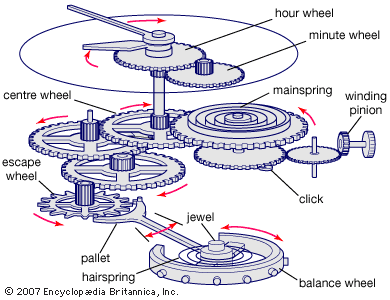
As the banking pin swings through the oscillating motion of the balance wheel, it swings the pallet fork back and forth, which then turns the escape wheel. The escape wheel has teeth, which his how the pallet fork “catches” onto the escape wheel. For a full in-depth look into how the escapement system runs efficiently, how it was derived, and the different modern variations created by some of the major watch manufactures, check out our series of Watch Escapement Design here!
As the pallet fork swings to lock and unlock on the teeth of the escape wheel, it makes a ticking noise. This is where the “tick” and “tock” sound of mechanical automatic timepieces comes from, and also serves as an indicator to the size of the frequency of the movement. Essentially, the faster the “tick” and “tock” sound you hear, the faster the movement’s frequency. What this translates to is that the faster balance wheel oscillates, the faster the pallet fork on the escapement system locks and unlocks on the escape wheels teeth.
The normal frequency of a watch movement sits around 21,600 VpH, which is 3Hz. What this number means is that the watch makes 6 oscillations per second. In other words, the watch unlocks and locks on the escape wheel (Tick and Tock sound!) six times per second. As there is 3600 seconds per hour, this equates to 6 oscillations/second x 3600 = 21, 600 VpH.
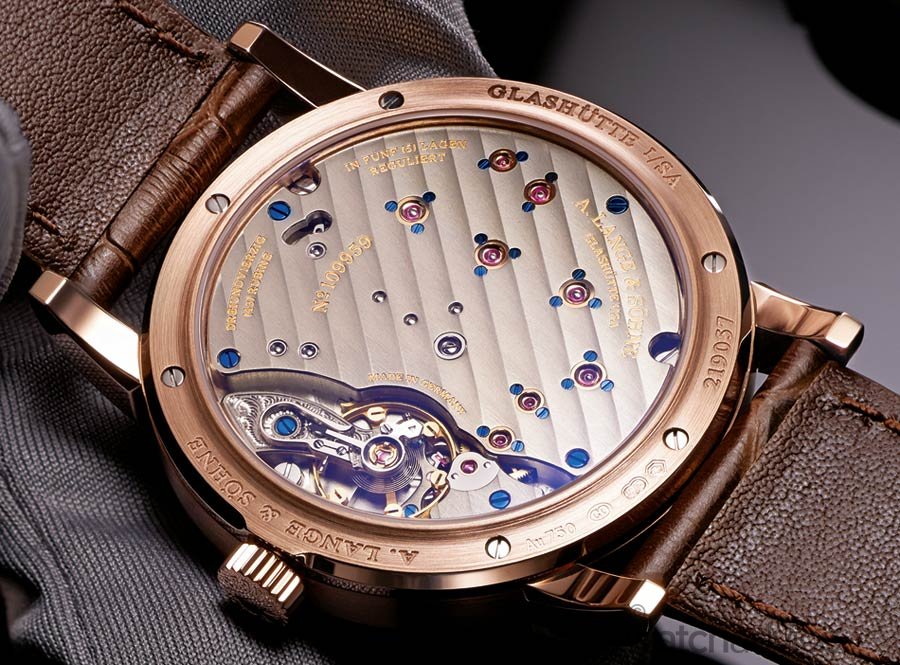
Now, generally, when the watch has a higher frequency the more accurate the reading of time. Also, when the frequency is higher, the seconds hand has a much more smoother movement around the dial. When the watch has a frequency of 21, 600 VpH, which is 6 oscillations, that means the seconds hand ticks 6 times before completing 1 second on the dial. Unrecognizable to the naked eye, it can be seen however, during slow motion.
A high-frequency watch can be anywhere from 4Hz (28,800 VpH) and upwards. There are very few watches that run at 5hz or above at a commercial standpoint, and there is a valid reason for that. While yes, the higher the frequency the better the accuracy of time, it also wears out the parts of the movement at a much faster rate. This would mean quicker turnaround times for servicing of the watches, which is more work for the watch brands and more money spent by the customer.
There are other deciding factors which brands take into considering before deriving a frequency for the movement. For example, the aesthetics of the movement (if open case back) can play a part. It is considered that a larger balance wheel means lower frequency (longer time for large balance wheel to make oscillation compared to a smaller one). A large balance wheel, however, seen on the movement brings about a better aesthetic appearance.
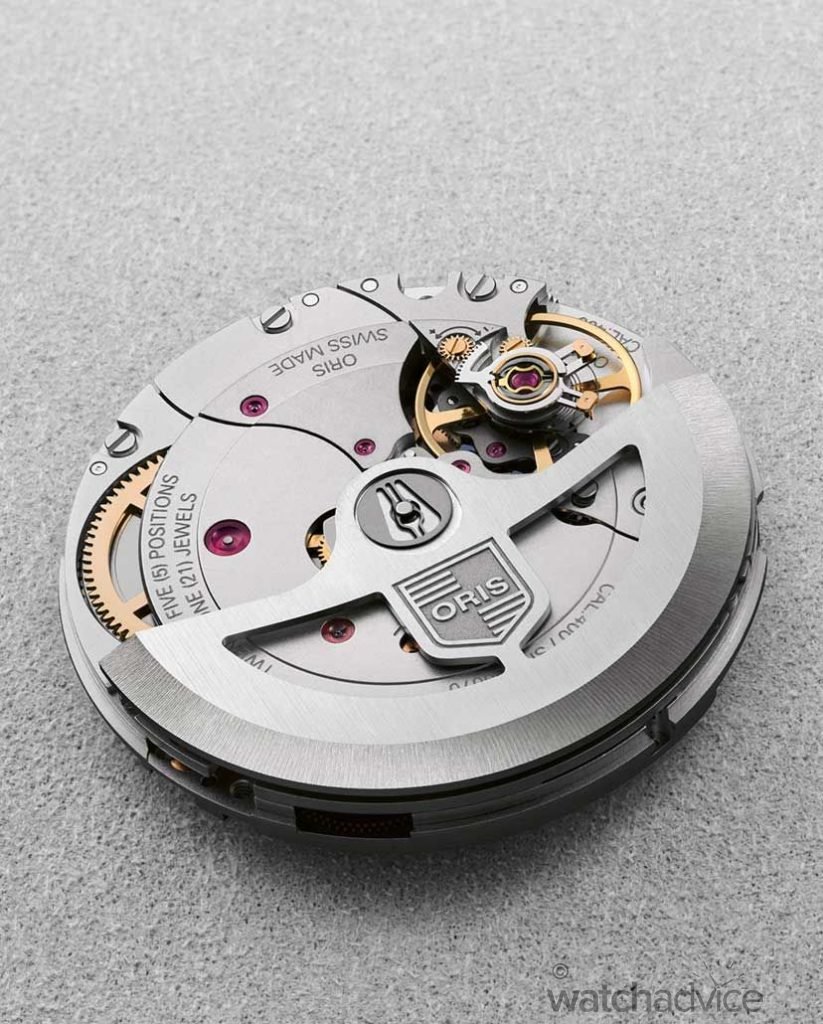
The power reserve of a timepiece is another deciding factor. Generally, movements that run at a lower frequency have had larger power reserves, as the energy required to operate the balance wheel is much less compared to a high-frequency caliber movement. The downside of having a low-frequency movement, however, is that the precision of the timepiece can be more prone to outside abnormalities such as temperature, magnetic fields, and external shocks. When the timepiece has a high beat/frequency movement, it is more stable and can recover from the effects of external forces at a much quicker rate, making it more resilient.
Another reason why watch manufacturers may opt for a higher frequency movement can be if the watch carries a timing function (such as chronograph) or not. As the higher frequency means higher precision, a timepiece with a chronograph function will benefit from this as it will have more precise measurements.
With all these considerations, this is why we typically see timepieces sit within the 3Hz to 4Hz frequency range on movements. It is a balance between function, precision, desired power-reserve and lastly aesthetics. As a buyer, the movement frequency can also play a part in deciding the type of watch to purchase. If you are after a timepiece purely as a automatic with beautiful aesthetics, then high-frequency movements won’t matter as much. However it you have an active lifestyle, a high-frequency movement will hold up longer thanks to it being more resilient to everyday shocks.
Stay tuned for part two of this series of Movement Frequency, where we look at the different timepieces with different movement frequencies, and some of the extraordinary watches that operate at staggering high-beat level!



